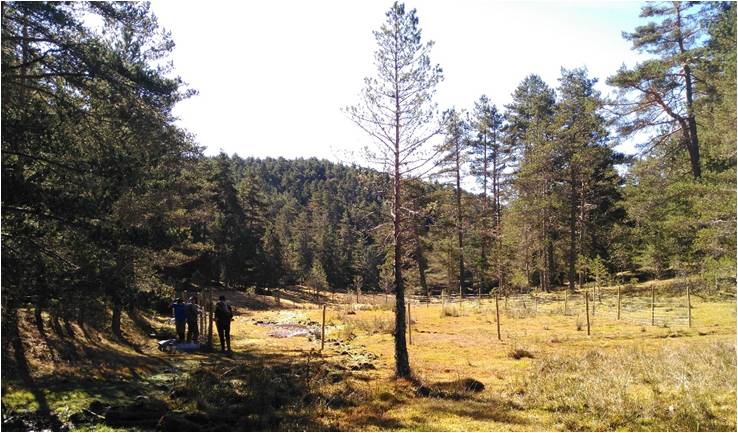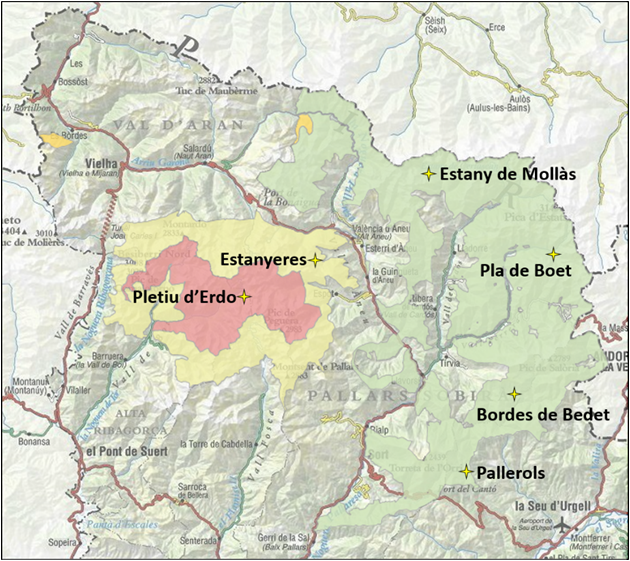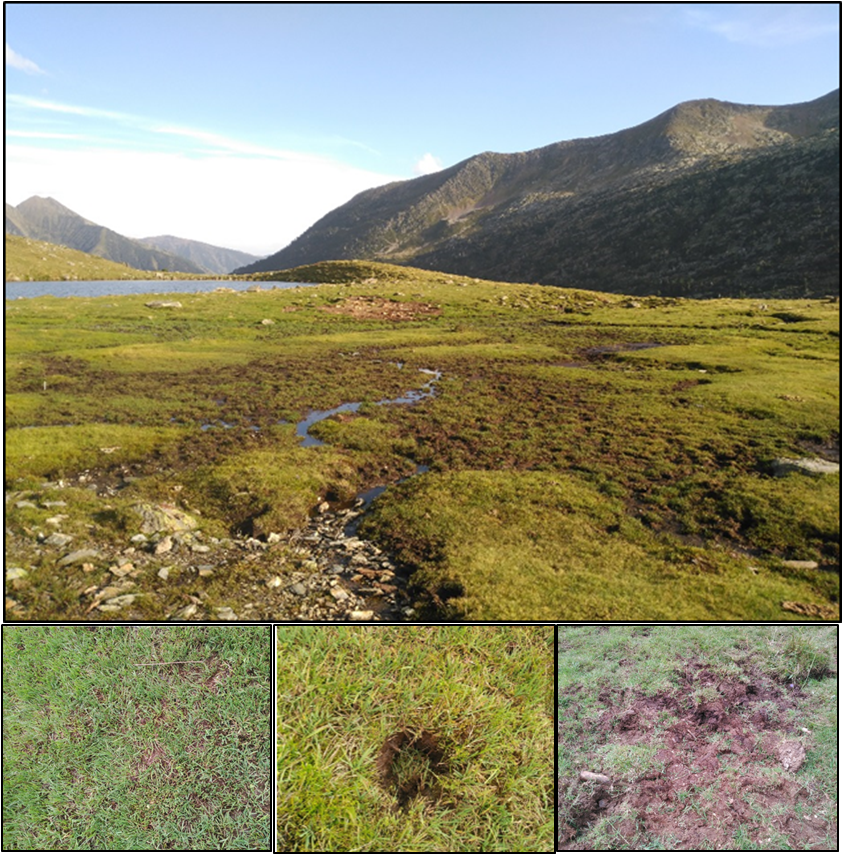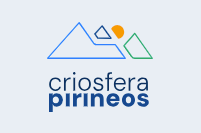Actions to protect and improve the quality of peatland systems in the Catalan Pyrenees in the framework of the GREE Project.
The Pyrenees mountain range is a great biodiversity reserve characterized by a high diversity of natural ecosystems and extraordinary species. The protected natural areas include an optimal representation of these ecosystems and species.
The presence of similar natural habitats and conservation threats and problems or species, and the coexistence of complementary environmental conservation initiatives, have led these natural areas to cooperate through the GREEN project "Management and networking of the Pyrenean Natural Spaces" from June 2016 to May 2019.
In order to promote possible synergies and avoid duplicating efforts in the study and monitoring of these aquatic systems, GREEN is in coordination with REPLIM, another POCTEFA project under the umbrella of the OPCC2, regarding high mountain lakes and peat bogs topics. In July 2017, the OPCC organized a first coordination meeting.

With regard to the Catalan Pyrenees, during the summer of 2017 different actions were undertaken regarding peatland systems in two protected areas of Catalonia, the Alt Pirineu Natural Park (PNAP) and the Aigüestortes i Estany de Sant Maurici National Park (PNAESM). These actions aim to protect some unique peatland systems from overgrazing, and at the same time to make a detailed monitoring to analyze the response of the systems in the short term. They were set at some localities where cattle concentrate, mainly cattle and equine. The visible effects are, beyond the herbivory, manure addition, generalized compaction of the soil, and the opening of gaps in the vegetation cover after breaking the soil and root system. In the most stressed points, this rupture leads to greater muddy surfaces with active water erosion, and with very sparse plant cover (figure 1). The mentioned alterations have consequences in the hydrological functioning and in the biogeochemical cycles of the peatland system, and also in the rarification of sensitive specialist plants.

Following the procedures agreed in the GREEN project and the planning carried out at the Research Group of Geobotany and Vegetation Mapping of the University of Barcelona, the Parks involved have materialized some areas of grazing exclusion by means of fencing, in some cases electrified (figure 2). Presently, these actions have been set in four PNAP localities and in one of the PNAESM, to which is added another (Estanyeres) carried out a year ago in the LIFE LimnoPirineus project (figure 3). These enclosures are of variable size (between about 500 m2 and about 1,200 m2), depending on the location. In each case, it corresponds to a part of the mire system, so that the different habitats of the system are represented both inside and outside of the grazing exclusion area.

In all the localities, the vegetation has been analyzed through specific detailed inventories, and it is recommended to monitor the changes the following years, both inside and outside the exclusion zone. The level and chemical properties of water table will also be analyzed. With this study, the researchers want to base scientifically the conservation actions of the peatlands, and also acquire knowledge relative to the response of the mountain ecosystems to the changes of land use.
PYRENEAN CLIMATE CHANGE OBSERVATORY
Avenida Nuestra Señora de la Victoria, 8
22.700 - Jaca
Huesca - España
+34 974 36 31 00
info_opcc@ctp.org





